“Listen!—it rains; it rains! The prayer of the grass is heard… .” –Frederick J. Atwood
******
Rain stormed in with lights and fireworks this weekend, bringing long-needed relief to the Chicago western suburbs. And, a few flooded basements. This was substantial rain; rain that meant business. Rain that overflowed creek and river banks. Rain that soaked deep.
In the prairie planting, asters and goldenrod bowed under the water’s weight. Great blue lobelia and black-eyed Susans, at the mercy of my garden hose for the past week, perked up at a chance for real water. Rain.

Spider webs sprang into view, bedazzled by raindrops.

In the front yard prairie pollinator planting, I parted the sodden flowers of showy goldenrod. Deep inside were sheltering insects, including one rain-soaked bumblebee.

As the clouds passed and the flowers dried, pollinators shook off the wet and took wing. I spent some time on iNaturalist and with various online insect guides before naming this one below. I believe it is the transverse banded drone fly, sometimes called a “flower fly.”

I’m still learning insect ID (thanks, gentle readers, for your correction of the wasp to the hover fly in last week’s blog), so I’m not 100 percent certain. But by any name, it’s a stunning little insect.
Showers brought out sky blue aster blooms in my front yard planting. I’m delighted to see the three plants I put in this spring made it to the fall finish line, after being nibbled almost to death by rabbits all summer.

The scientific name of this aster—Symphyotrichum oolentangiense—is a mouthful. Originally, the name was in honor of Ohio’s Olentangy River by botanist John Riddell, but the river’s name was misspelled. For a short time, the New York National Heritage Program tells us it was Aster azureus, which is much easier for naturalists like myself to pronounce, until the genus became Symphyotrichum. Ah, well. Nobody said botany would be easy.
I was grateful beyond words for the rainfall, but also, for the cooler, sunny weather of the past week. Meals moved back to the patio as the temperatures swung from “steamy” to “crisp and cool.” This gave us a a front row seat this weekend to keep an eye on the moonflower vine, whose two buds we’ve been watching with rapt attention.

No, it’s not a native plant. But I make a place for it in my prairie garden each season. It’s a long wait from the direct sowing the seeds to that first flower. About two months, most seasons. This year it has been a little longer, likely because of the dry weather, and of the five or so seeds I planted, only one survived. Just this week I noticed it had leapt from the trellis by the patio to the arborvitae. That’s a first! Usually I wind the vining tendrils up and down and across the trellis. This one got away from me.

On Saturday, after reading on the back porch for a while, I put down my book on the patio table and went in to fix dinner. When I brought out dinner, one of the moonflower buds had opened. Wow! Jeff and I “oohhed” and “aahhed” as our dinner cooled and we admired the first bloom of the season. It must have been waiting for the Harvest Moon to open. Our moonflower has a light fragrance, something like vanilla. After dark, I went to admire it one last time before bed.

The song “Nights in White Satin” comes to mind. We never have very many moonflowers; frost kicks in around the first or second week of October in our part of Illinois and crumples the vine just as it gets going in earnest. Each bloom only lasts one night. By morning, this one was only a memory. Such a fleeting pleasure! Is it worth it to give it a space? I’ve always thought so. Night-blooming flowers are rare in my region, and this one’s a beauty.
However, not all vines give me this much pleasure. Last week I mentioned I was besieged with the non-native perennial vine sweet autumn clematis (Clematis terniflora). It covers part of my garden like a snowdrift. Or maybe kudzu. The doc says I can’t pull weeds for three more weeks, so I can only stand back and sigh. At least it smells pretty! But, it is suffocating my two pricey spice bush saplings, my blazing star, my white wild indigo, my….well, you get the idea. It’s out of control. It makes my rambunctious native arrow-leaved asters look well-behaved.

I wrote last week that I was considering replacing the sweet autumn clematis next year with virgin’s bower (Clematis virginiana), an Illinois native. One of the reasons I love being a part of the prairie and garden community is learning from my readers, who sent me emails and comments this week strongly recommending against it. Evidently, virgin’s bower plays nicely on prairies and savanna edges, but goes berserk when planted in some home gardens. Espie Nelson, one of my favorite prairie experts (and long time steward with her husband, Don) wrote to me saying one of her native virgin’s bower vines had taken over a 15 foot area in her yard. She plans on totally eliminating it this season. Another reader, Mary, told me virgin’s bower is a “thug.” She had to pull it out when it invaded a neighbor’s yard.
As Espie wisely wrote me, “Don’t trade one exotic plant for a native plant that has the same vigorous growth patterns.” Good advice. I’ll enjoy virgin’s bower in my favorite natural areas, and not in my yard. Looks like I’ll invest in more non-vining natives, instead.

Meanwhile, another reason for dining on the back porch—besides watching moonflowers—is migration. Monarchs are moving through, although my backyard has only attracted them one at a time. Jeff and I saw a small swarm of common green darner dragonflies massing over the backyard this weekend, doubtlessly headed south. Cornell University said it also expected us to see “massive” bird movement this past weekend, with an estimated 316 million to 400-plus million migrating birds moving through each night across the United States. If I sat on the patio and squinted against the bright blue sky, I could make out a few birds high up, moving south.

I filled the feeders, and crossed my fingers. But, the backyard seemed to only harbor the usual suspects; goldfinches pulling out cup plant and hyssop seeds for their supper, and a few hummingbirds browsing the zinnias….

…and at the nectar feeders.

Hummingbirds seem to be everywhere right now, passing through my backyard on their way to Mexico and Panama. Can you find the one in my next-door neighbor’s oak tree? It’s scoping out the competition at my nectar feeders.

Hummingbirds arrive around the end of April in Chicago’s western suburbs and vanish by mid-October. I’ll miss their whizz-whirr of wings and their tiny chirps when they’re gone.
We’ll have to enjoy other backyard wildlife. Chipmunks, perhaps. They’ve set up house under the patio, and play tag across the patio as I drink my coffee in the mornings. And the squirrels, busy burying their nuts in the lawn.

Yep. We won’t lack for squirrels. Too bad ours are so camera shy.

We’ve learned not to leave breakfast on the patio table unattended. Ahem.
Speaking of food. In last week’s post, I mentioned something about the tomatoes “slowing production.” The garden must have been listening. Although the tomatoes are indeed slowing down, and Jeff pulled some of the plants that won’t set anymore ripe fruit before frost, the pole beans are pumping out Kentucky Wonders at a steady rate. There’s also plethora of sweet peppers that needed picked…

…and the thornless ichiban and prickly black beauty eggplants are in overdrive. This summer, I planted two plants on my south wall of the porch, with concrete at their feet. It’s the hottest spot in the garden.

I’ve picked almost a dozen in the past week, which is more eggplant than I know what to do with. After giving some away, I tried making the Mediterranean dip baba ganoush for the first time. Loosely following a recipe from Cookie & Kate, I cut the eggplants in half, brushed them with olive oil, then roasted them at 450 degrees Fahrenheit for 45 minutes. When they cooled, I scooped out and strained the insides, then mixed the goop with tahini (a sesame seed paste), fresh garlic and parsley from the garden, a little cumin, and lemon juice. Yum! It’s now my favorite way to eat eggplant. And it uses up a lot!

As I walk around the garden and prairie, I’m aware of the lowering slant of the sun, the cooling temps. Monarchs and dragonflies heading south. Prairie wildflowers and grasses going to seed.

September is a dynamic month, exploding with color and change. I’m glad I’ve got a front row seat, here in my backyard prairie and garden.
*******
Words from Kansas poet Frederick J. Atwood’s poem “The Breaking of the Drought” (1902, Kansas Rhymes and Other Lyrics) open the blog today. This short poem continues: The thirsty ground drinks eagerly; As a famished man eats bread; The moan of the trees is hushed; And the violets under the banks; Lift up their heads so gratefully; And smilingly give thanks. Thanks to Kansas on the Net for republishing the poem.
******
Join Cindy for a Program or Class this Autumn!
Monday, September 19 –-A Brief History of Trees in America, Downers Grove Garden Club, Downers Grove, IL. In-person, free and open to the public, but please visit here for details and Covid protocol.
Saturday, September 24 —In-Person Writing and Art Retreat at The Morton Arboretum, Lisle, IL, Spend a day immersed in nature with guided writing and art workshops. Set aside time to disconnect from the day-to-day and focus on the natural world through writing and art. Sessions will explore nature journaling, sketching, developing observation skills, and tapping into your creativity. Throughout the day, you will learn from professional writers and artists, take in the sites of the Arboretum, and explore nature with fellow creatives. Appropriate for all levels. Cindy will be teaching the morning sessions. Click here for more information, Covid protocol, and to register (only a few spaces left!).












































































































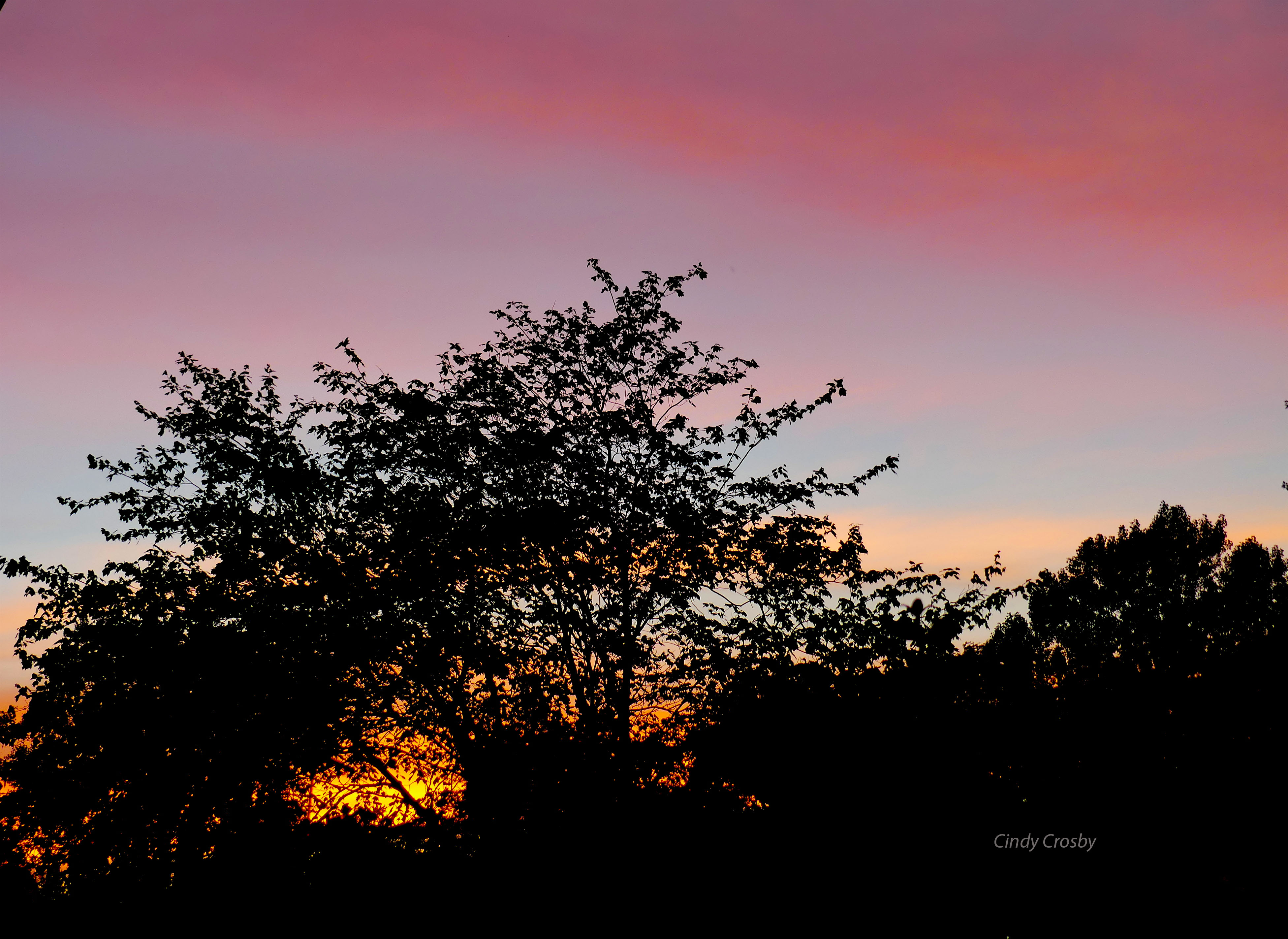





 In the shaded tallgrass along the creek, I see springwater dancers caught in a frenzy of love; making the mating “heart” or “wheel.”
In the shaded tallgrass along the creek, I see springwater dancers caught in a frenzy of love; making the mating “heart” or “wheel.”

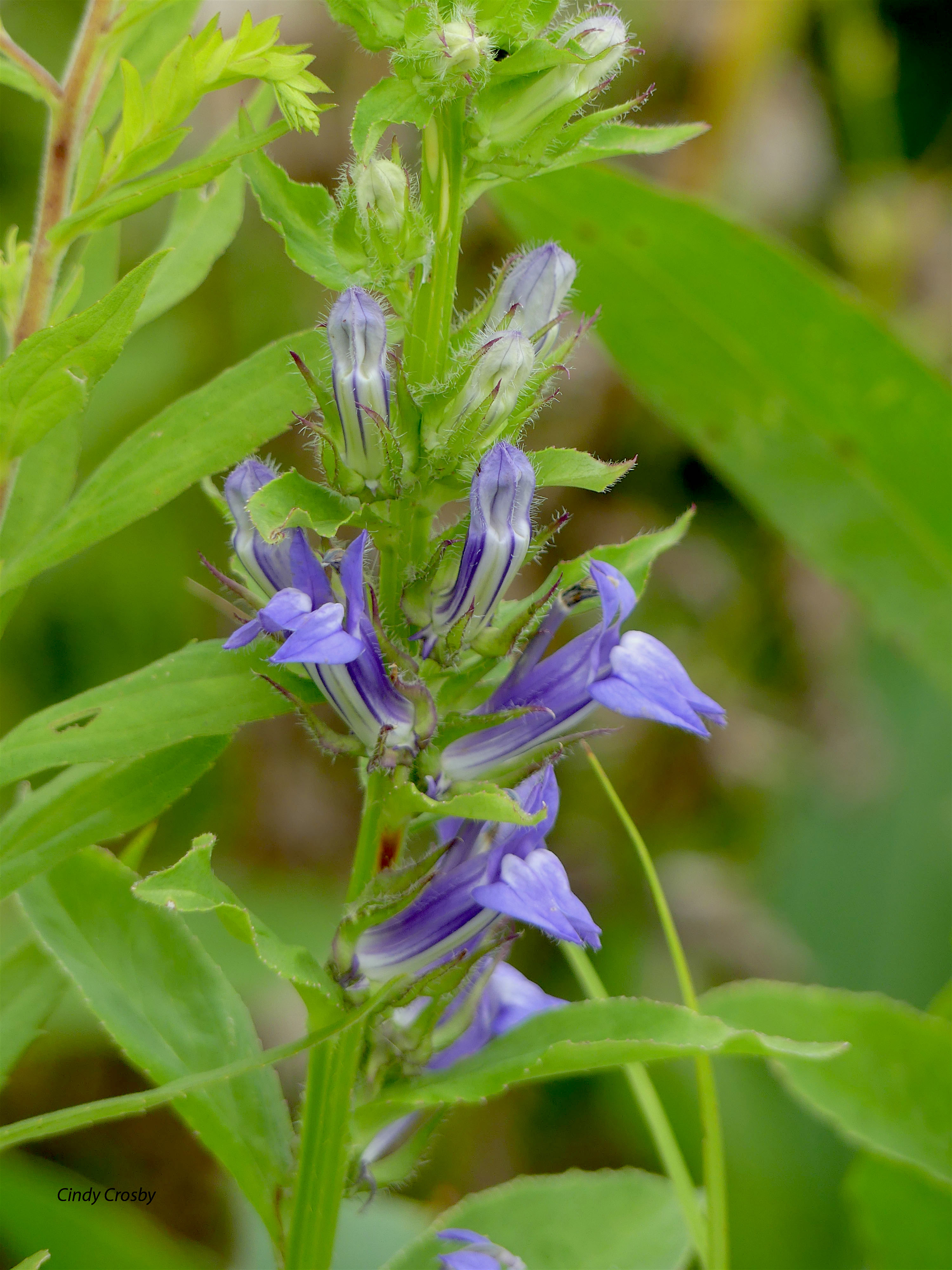
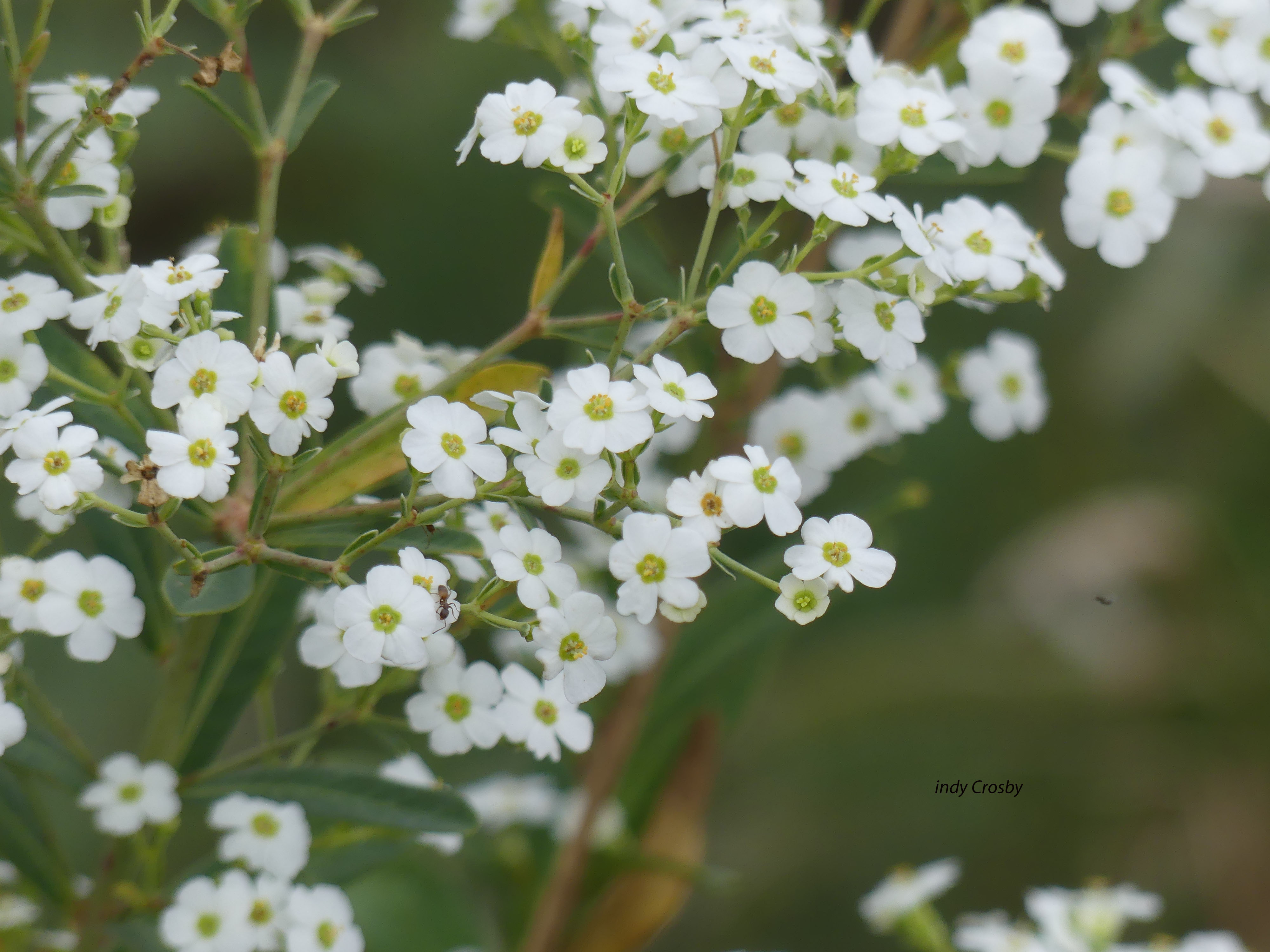


 Milkweed has some of the best plant promotional campaigns in the world. (Just Google “Got Milkweed?” Milkweeds are host to the larvae of the monarch butterfly, a charismatic insect
Milkweed has some of the best plant promotional campaigns in the world. (Just Google “Got Milkweed?” Milkweeds are host to the larvae of the monarch butterfly, a charismatic insect 







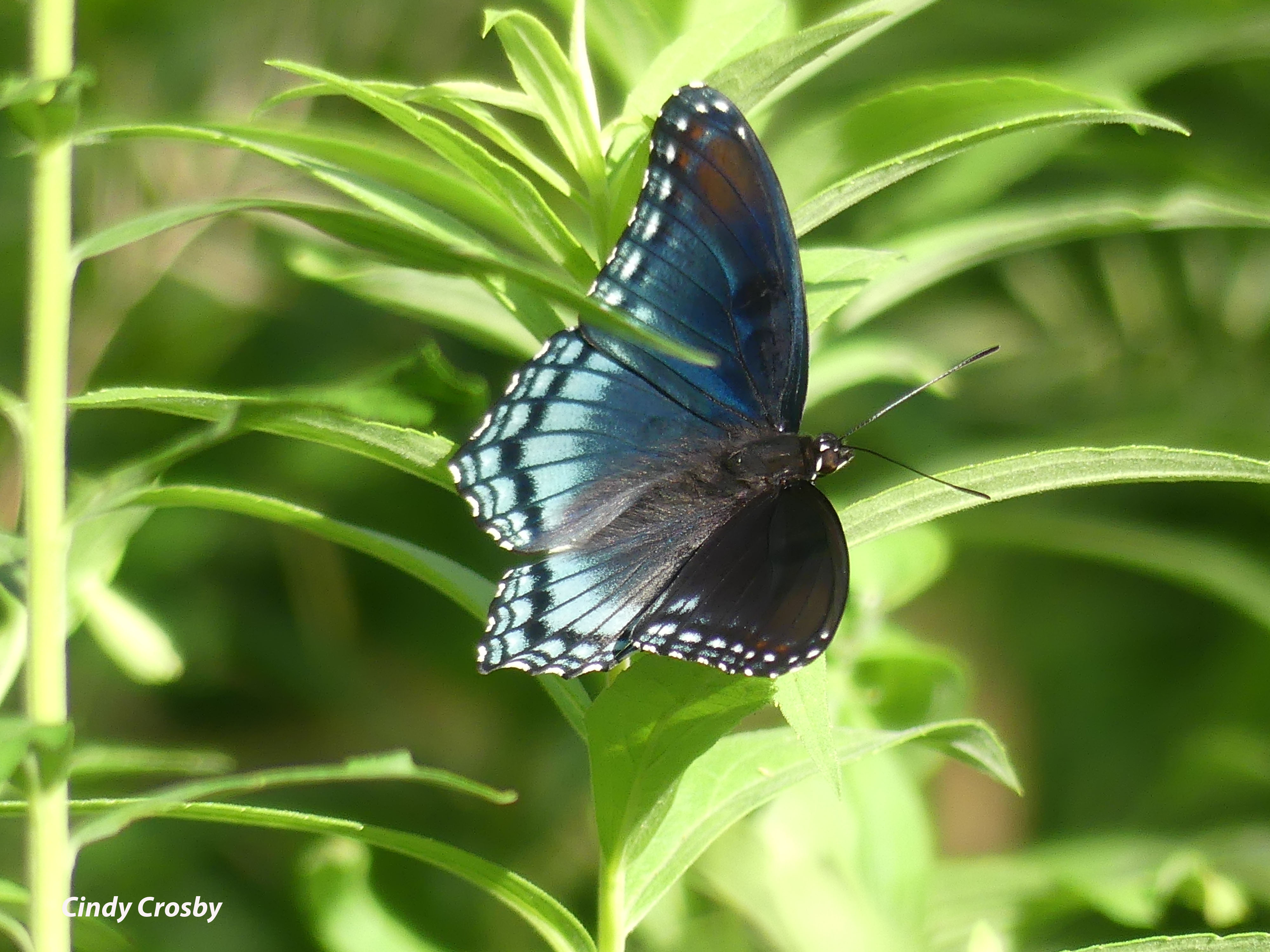
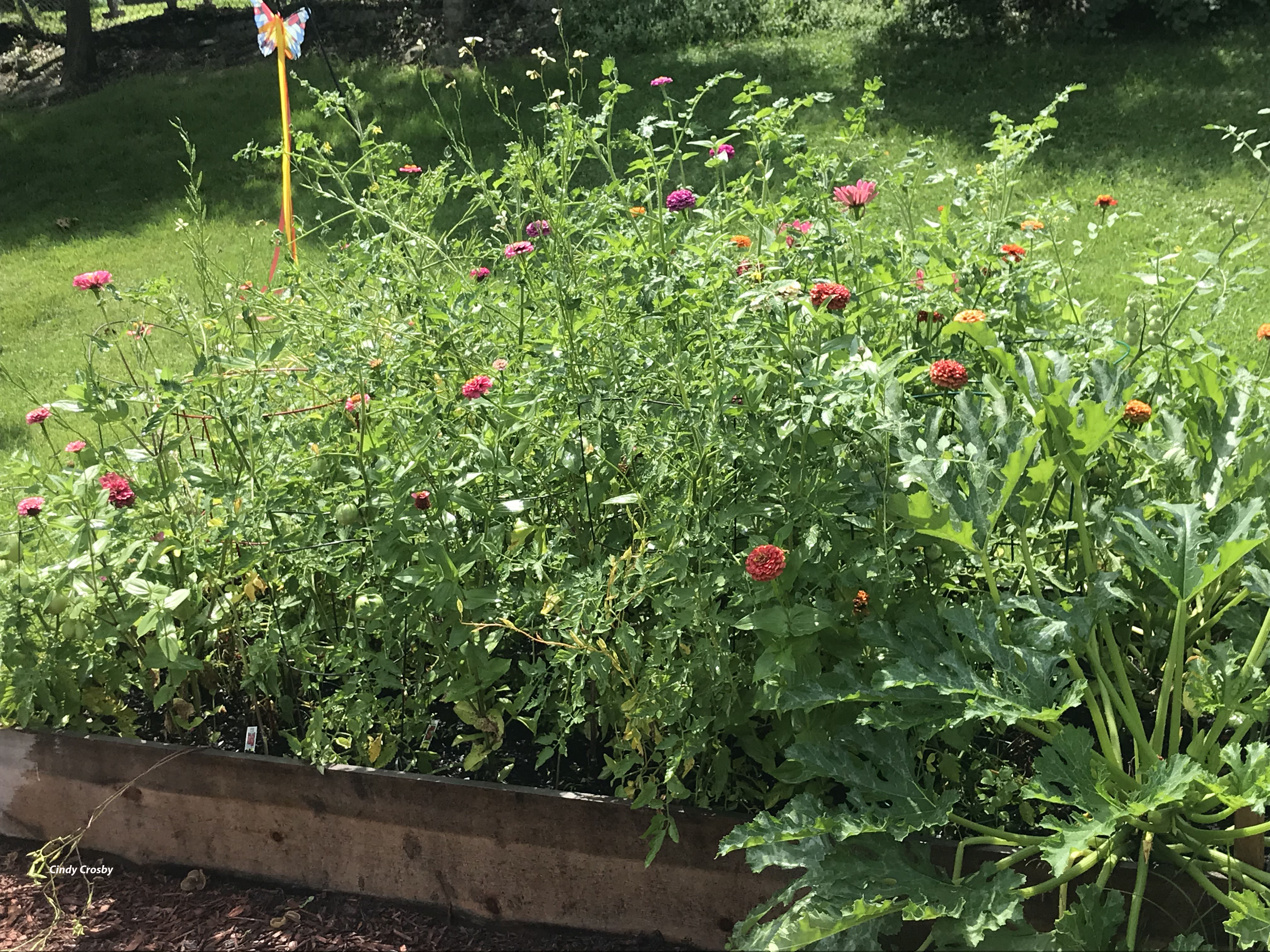
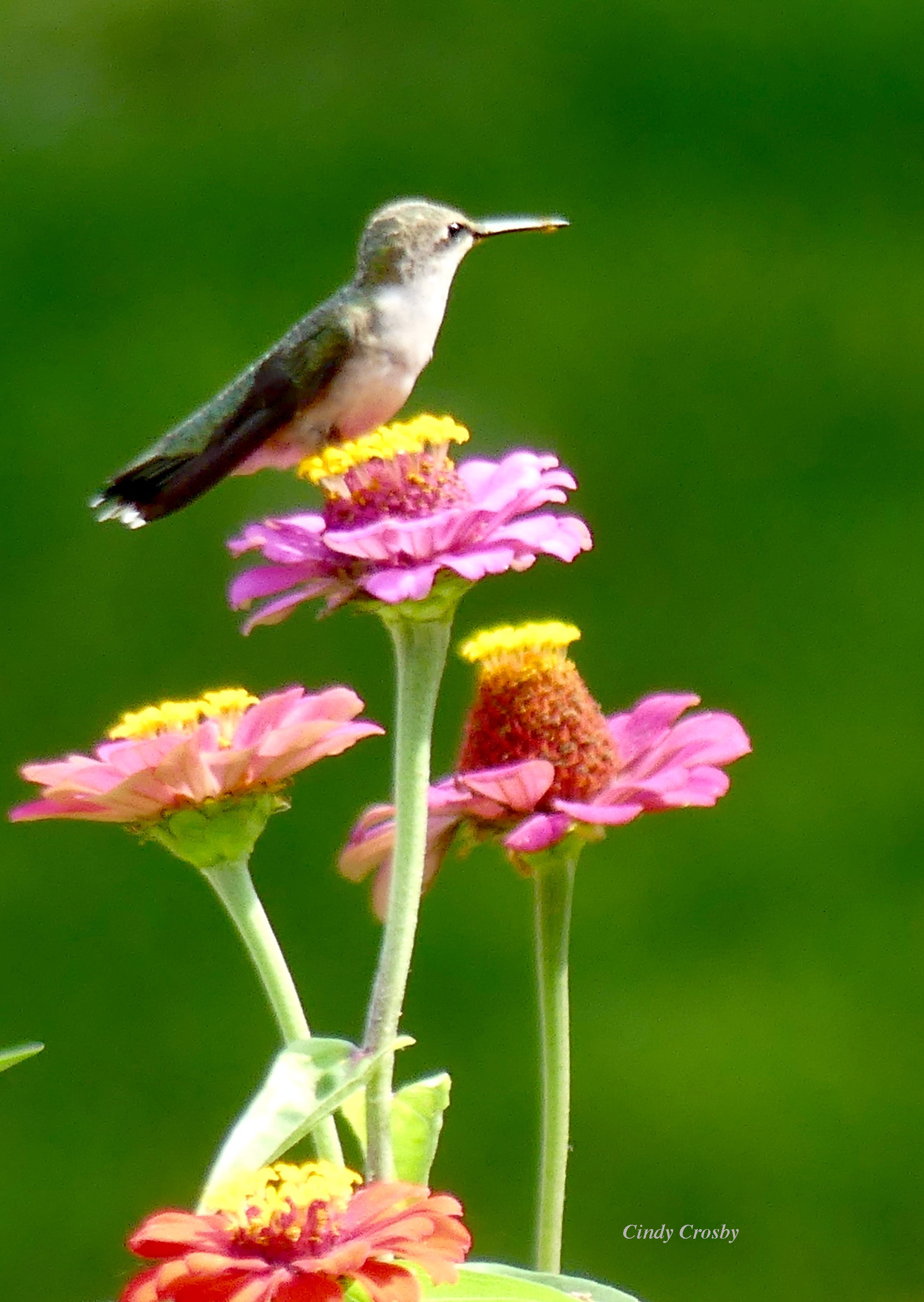
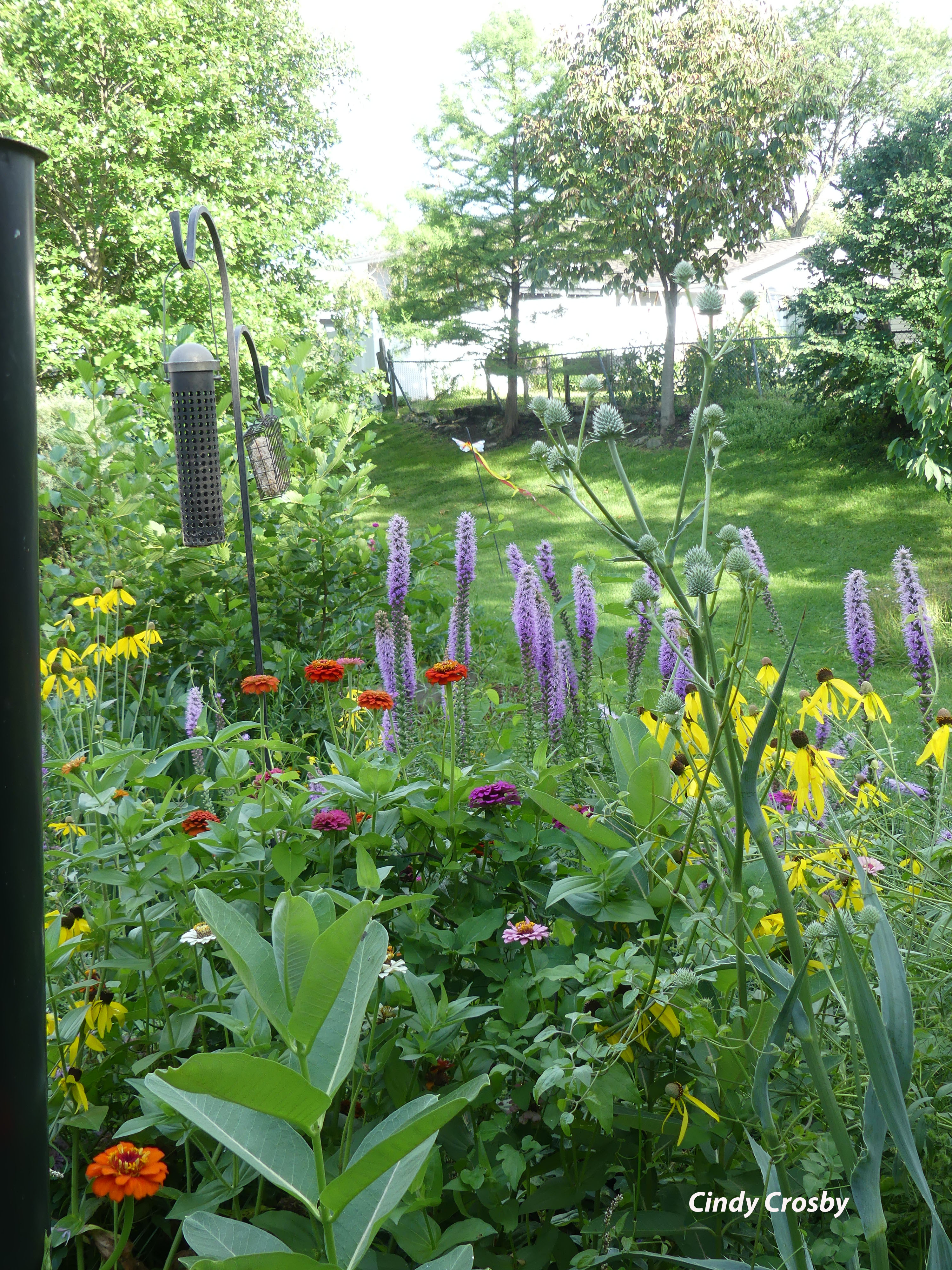
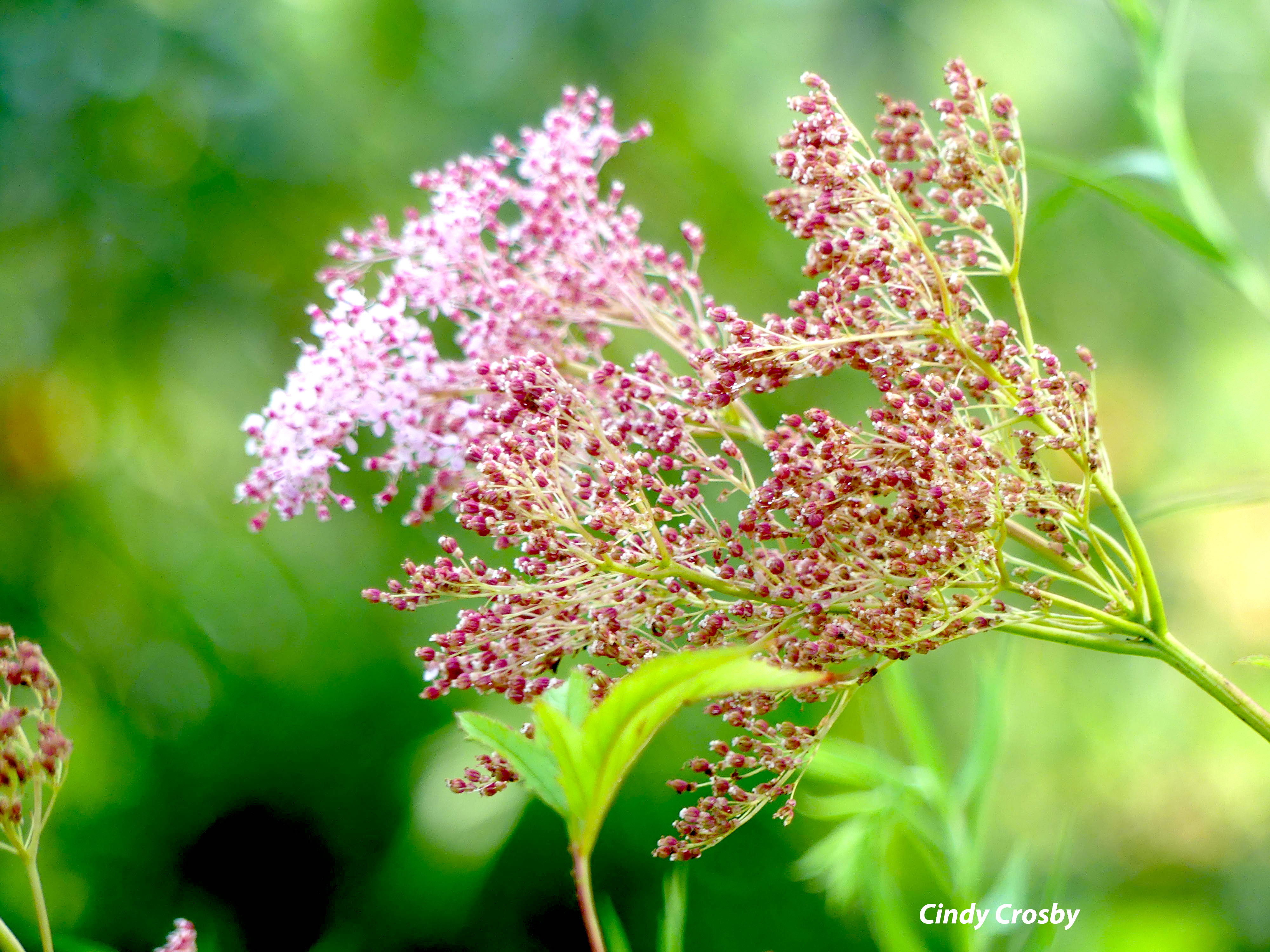
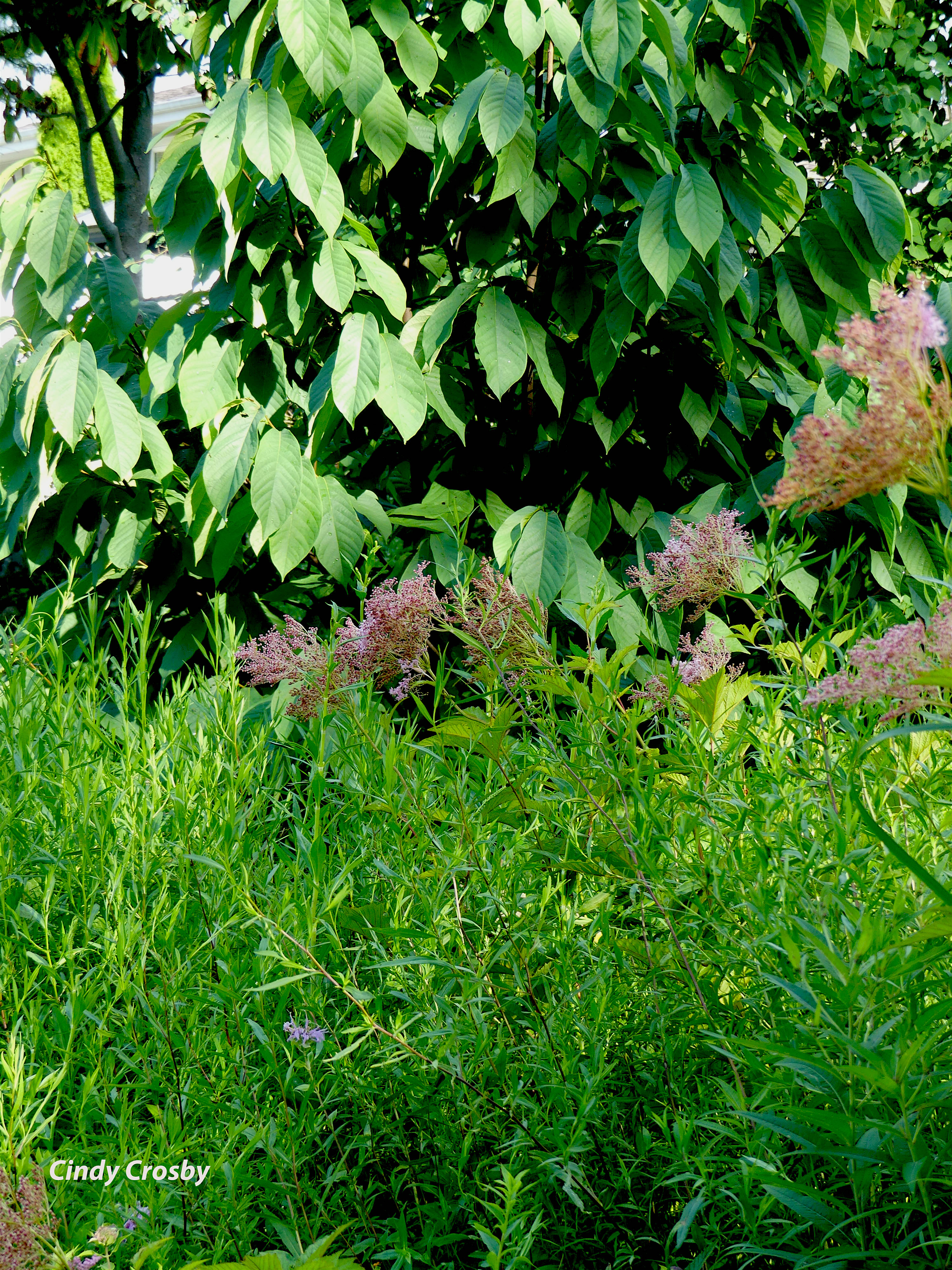
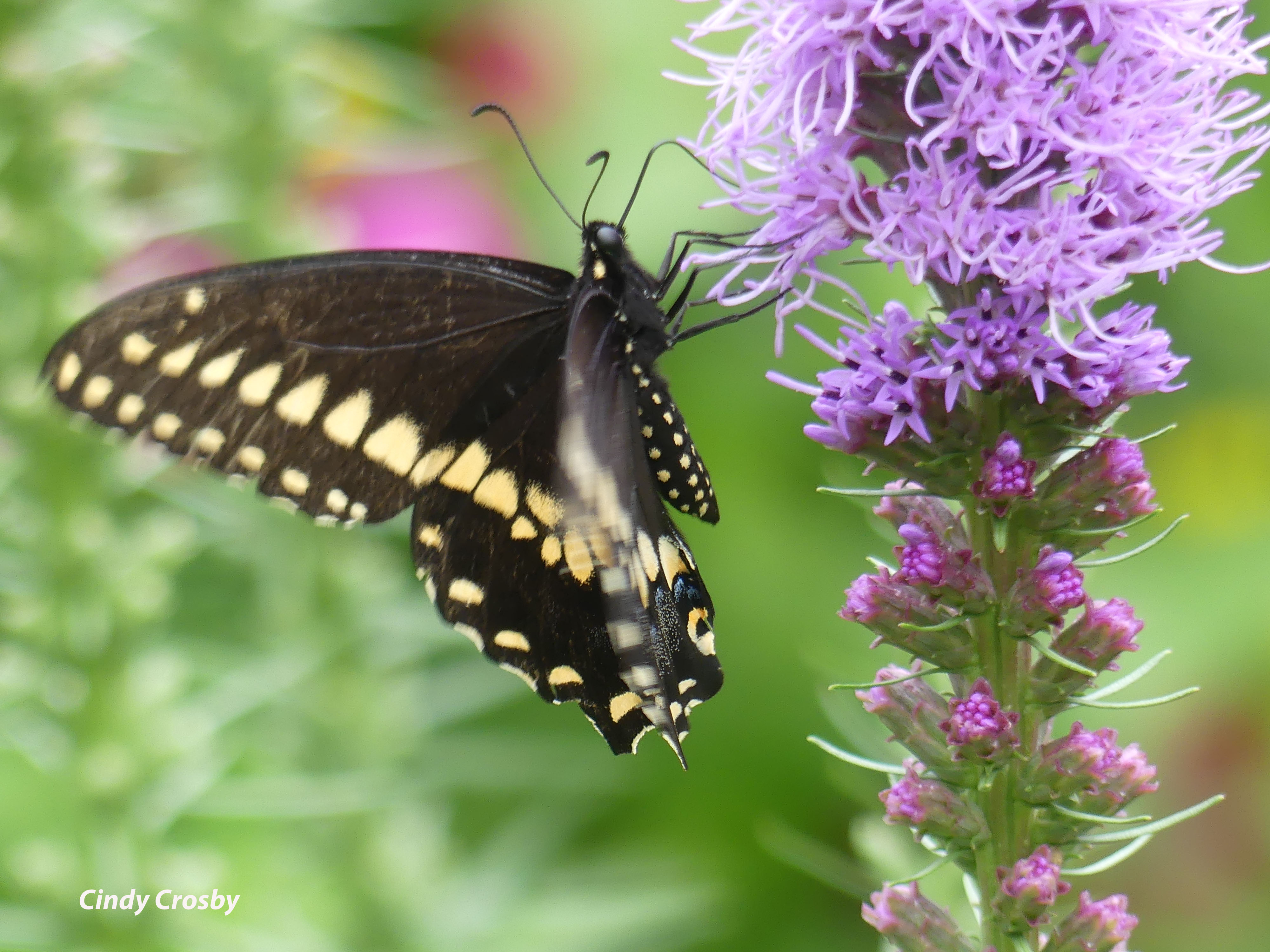
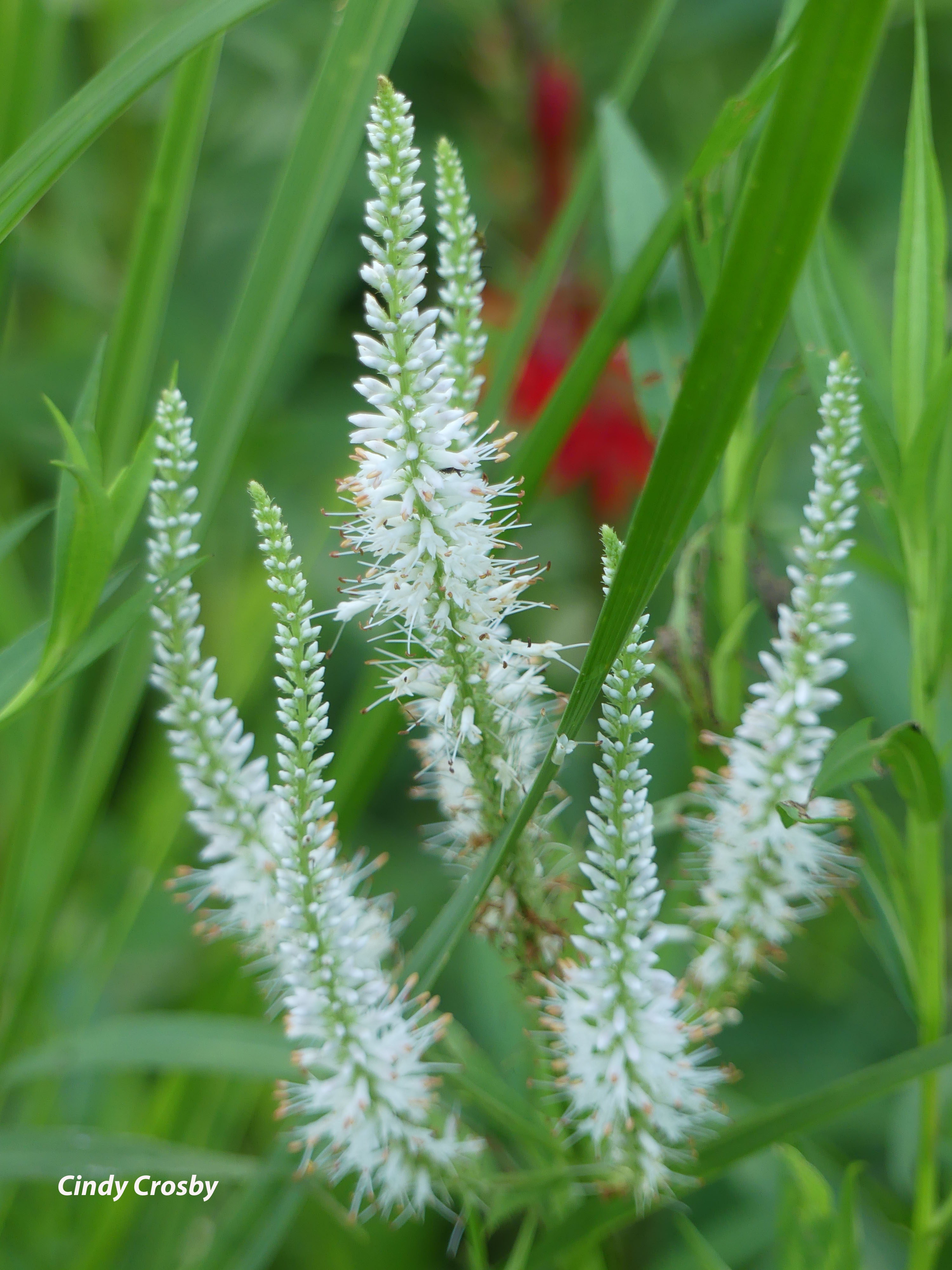
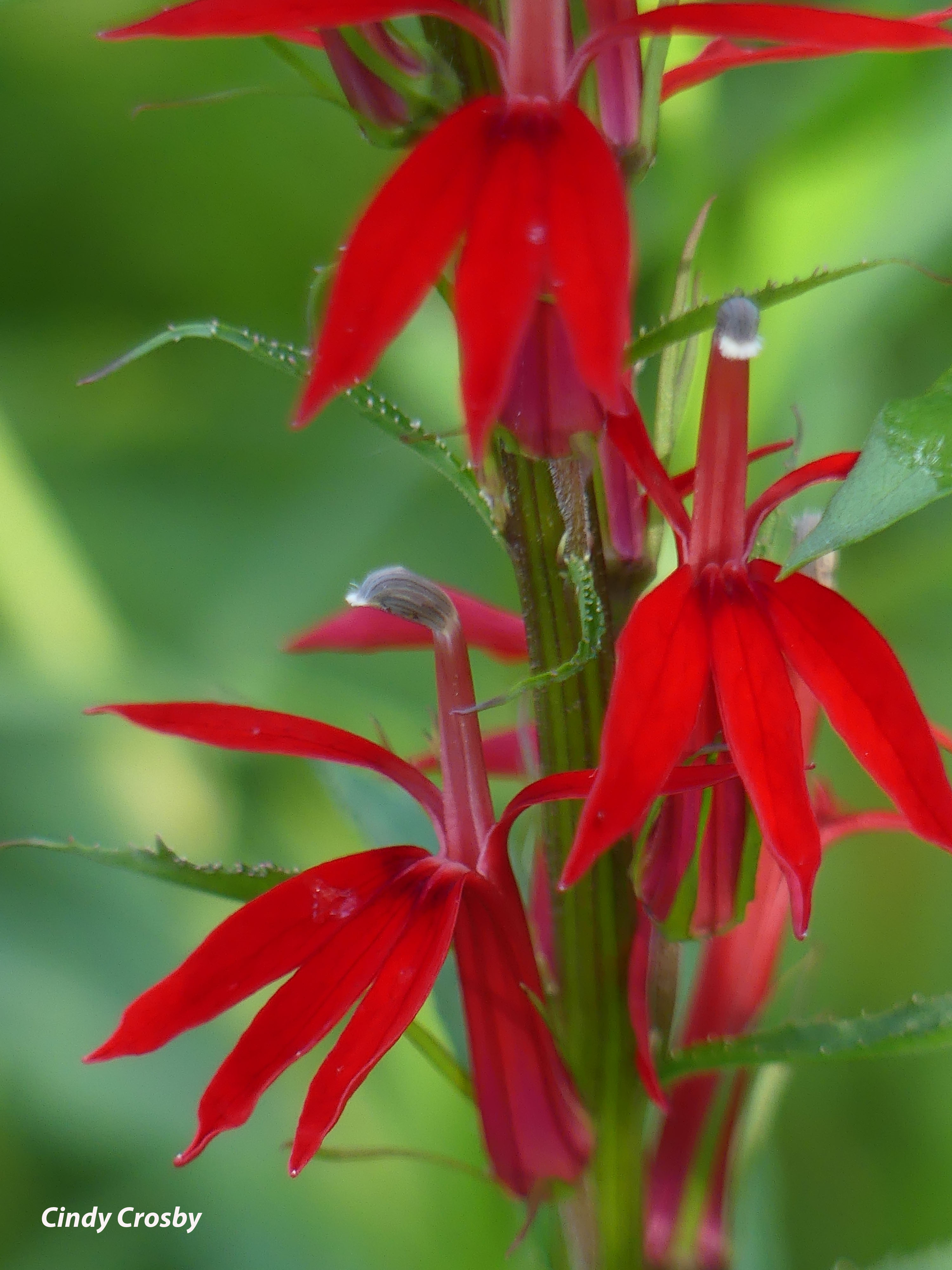
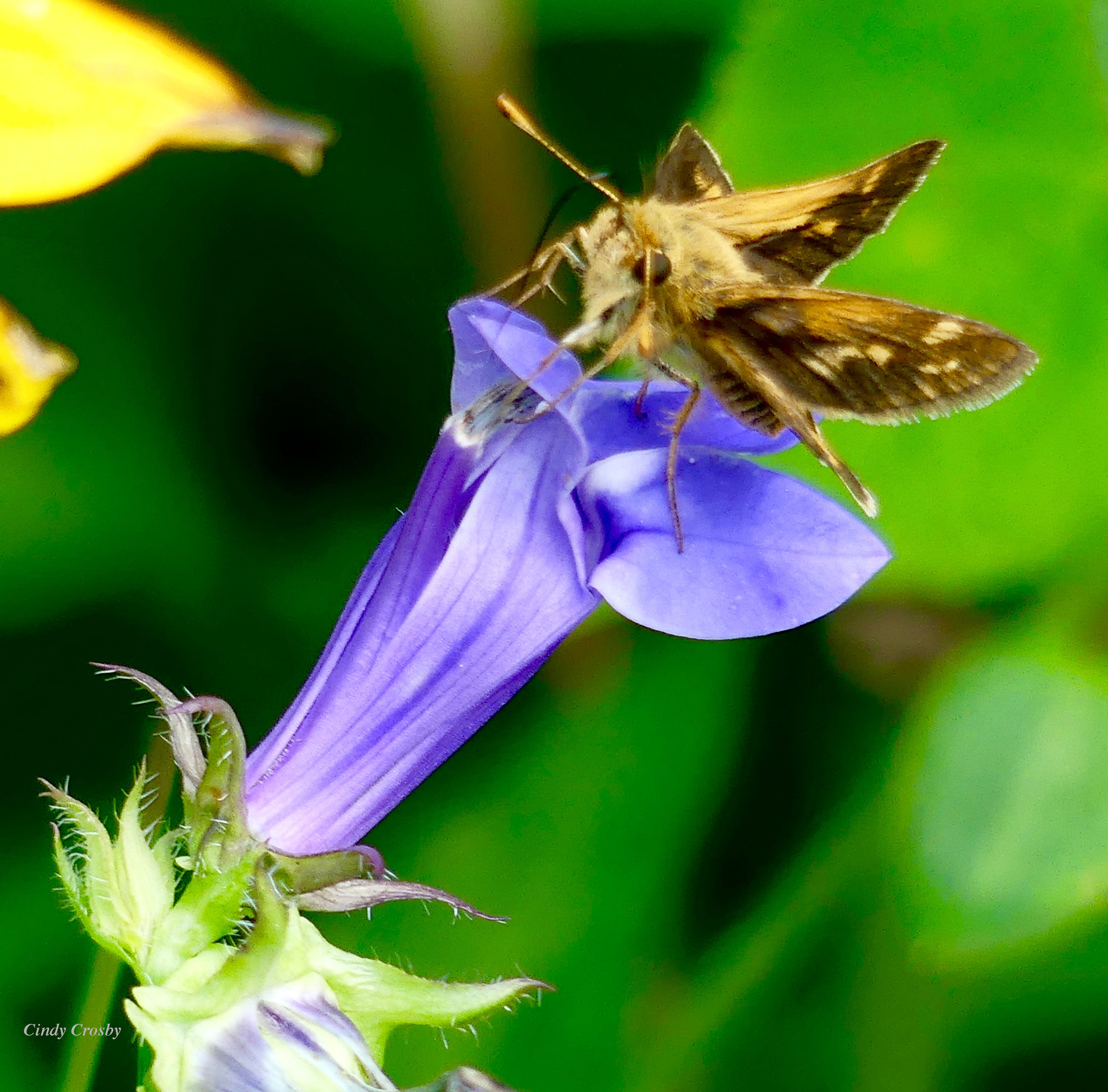
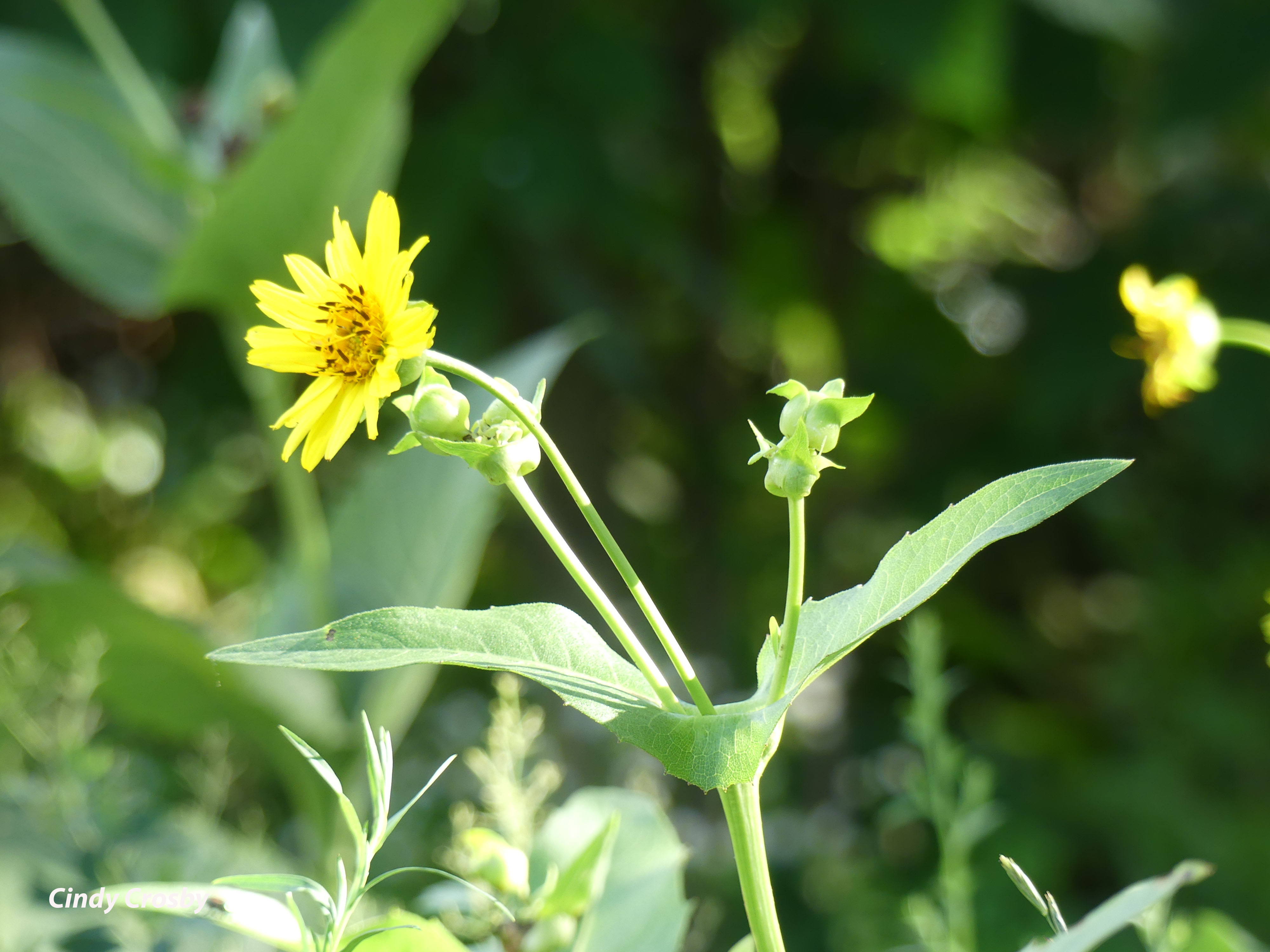
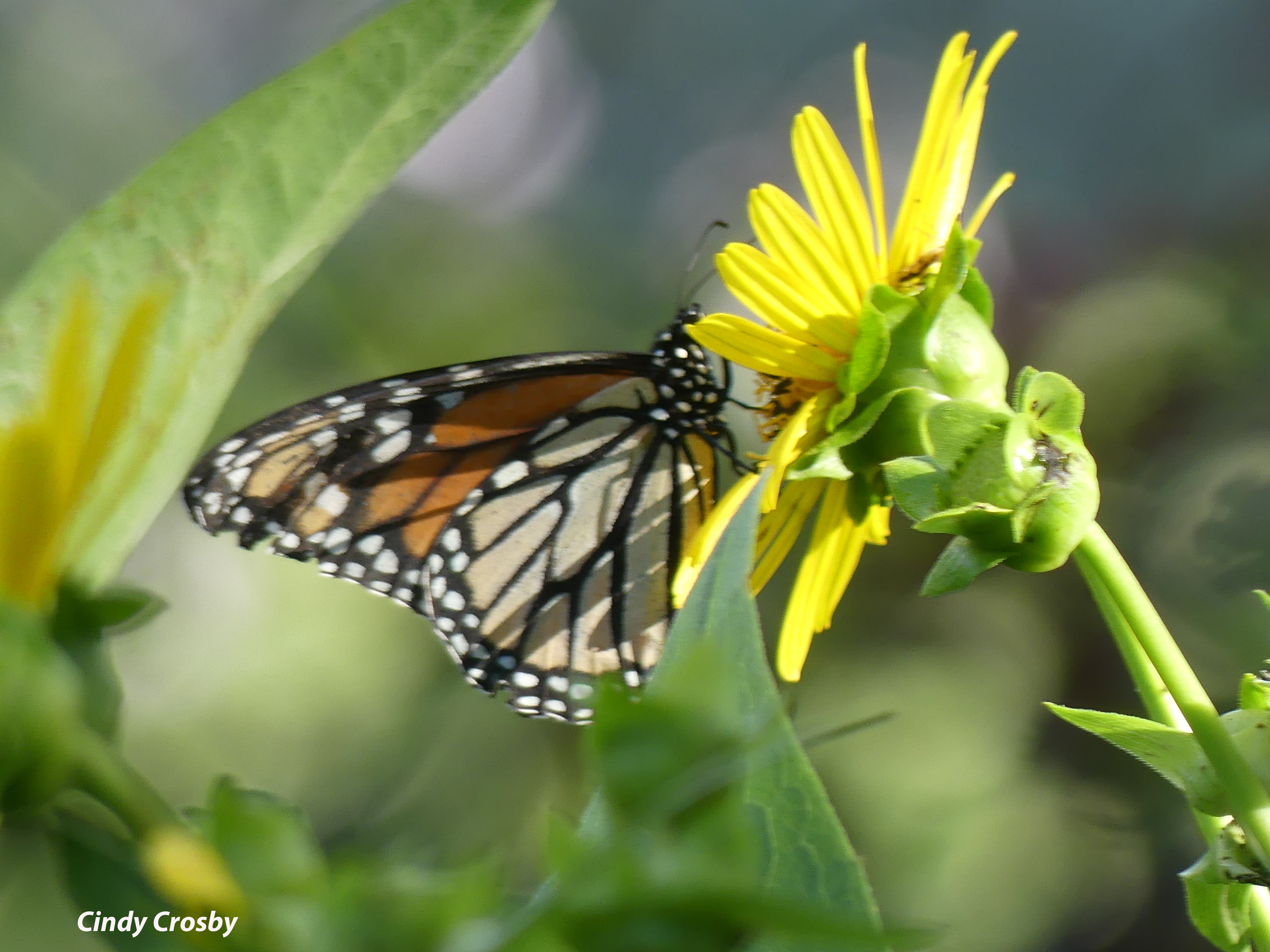
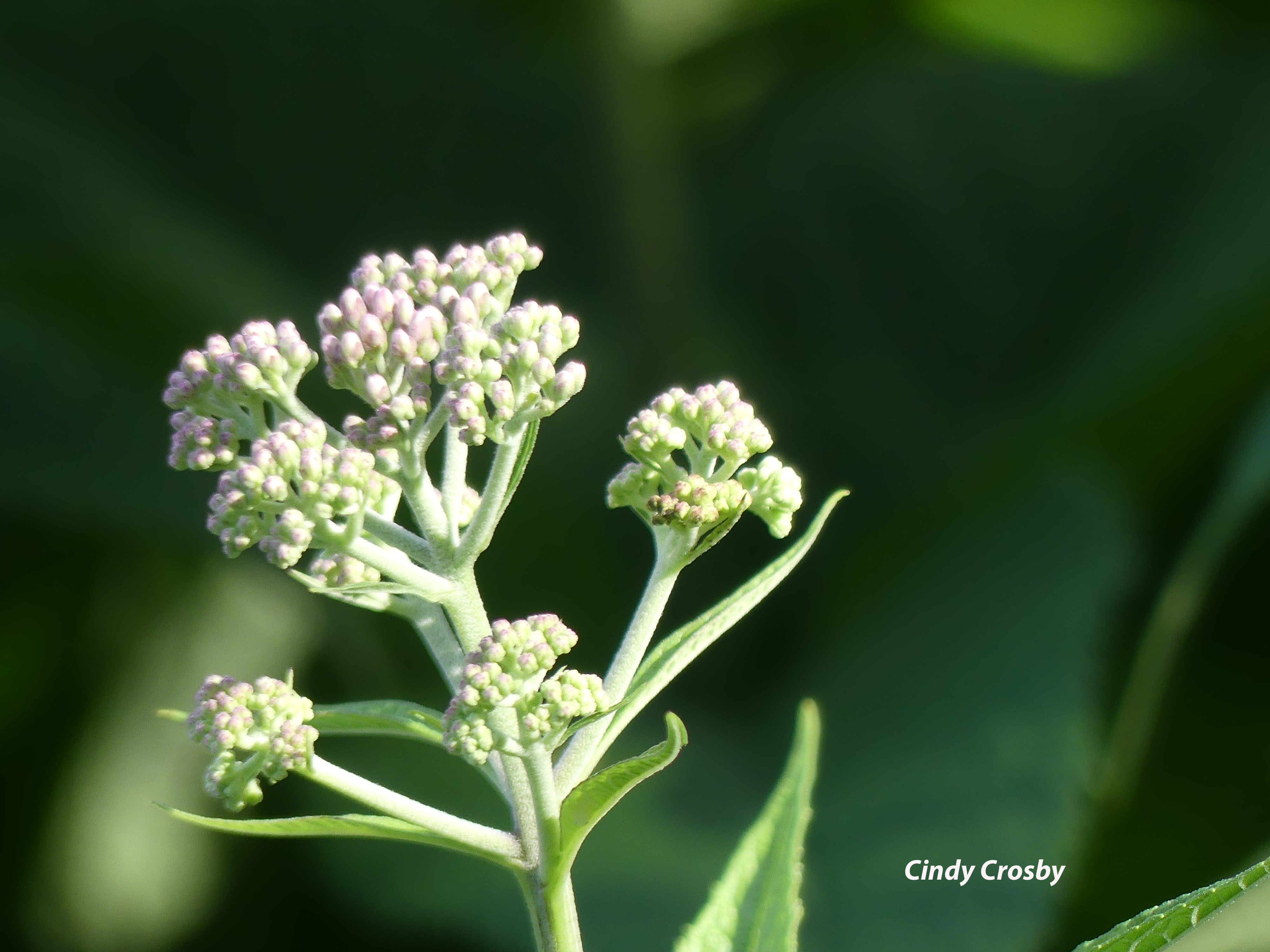
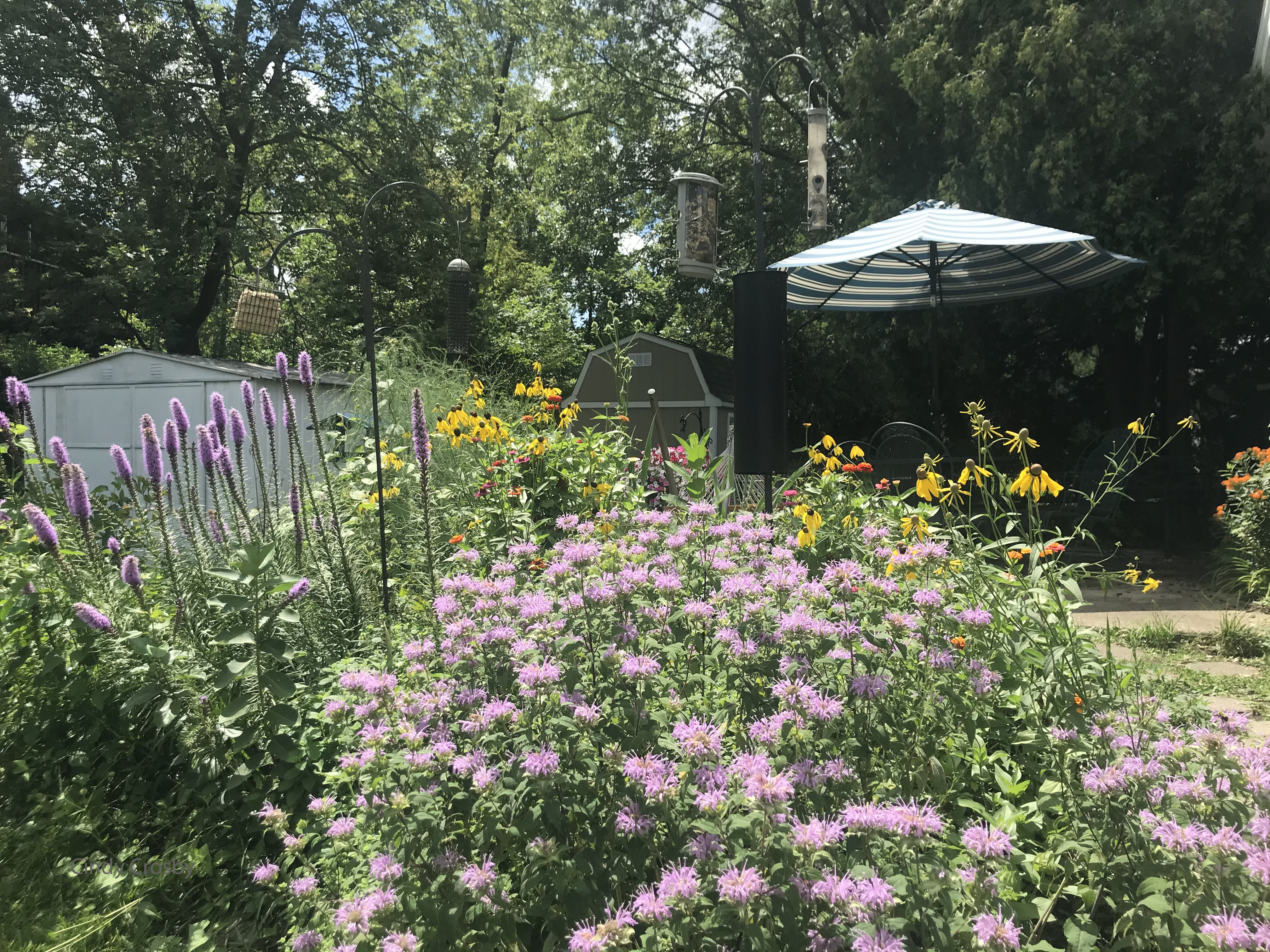
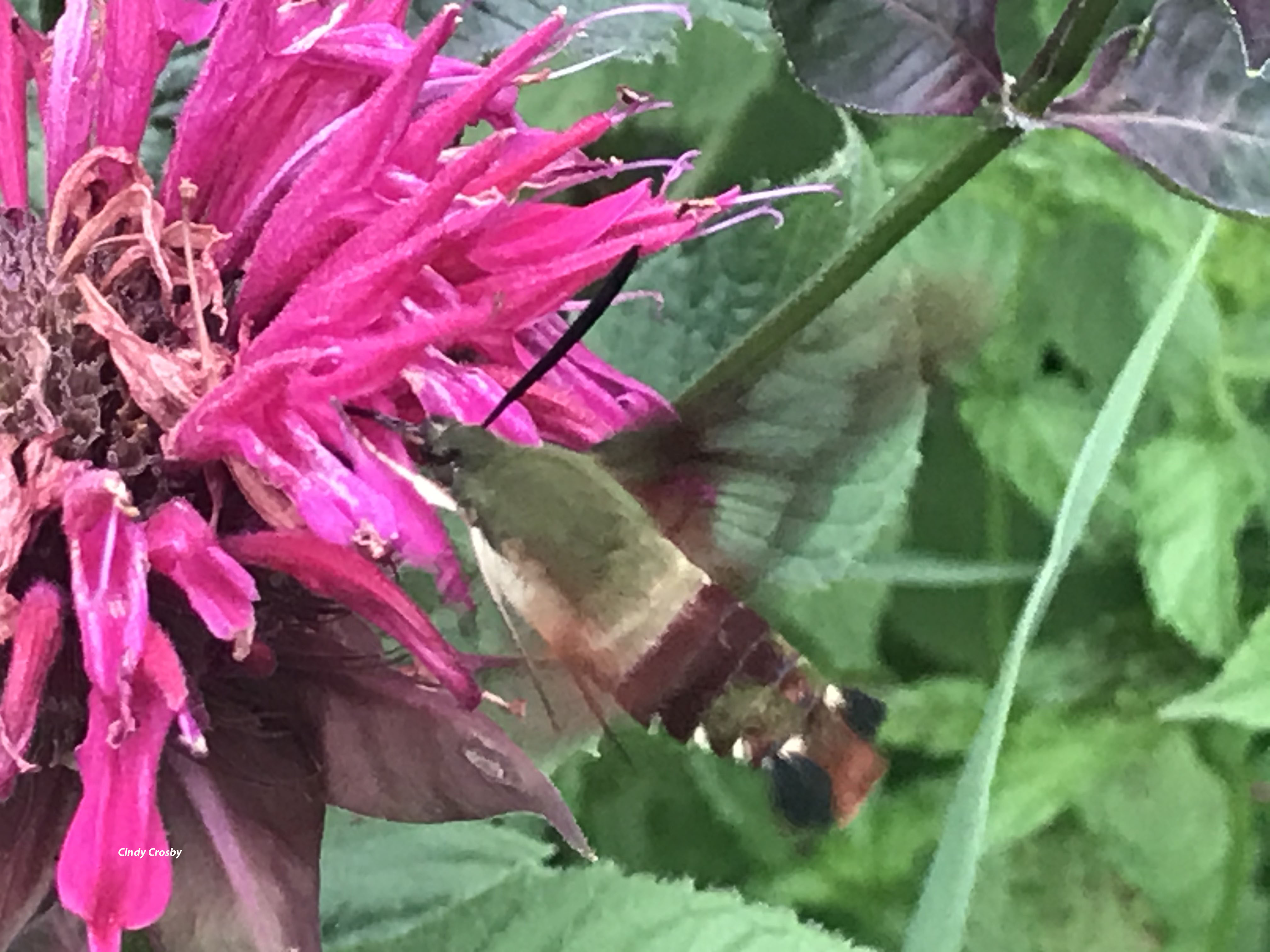
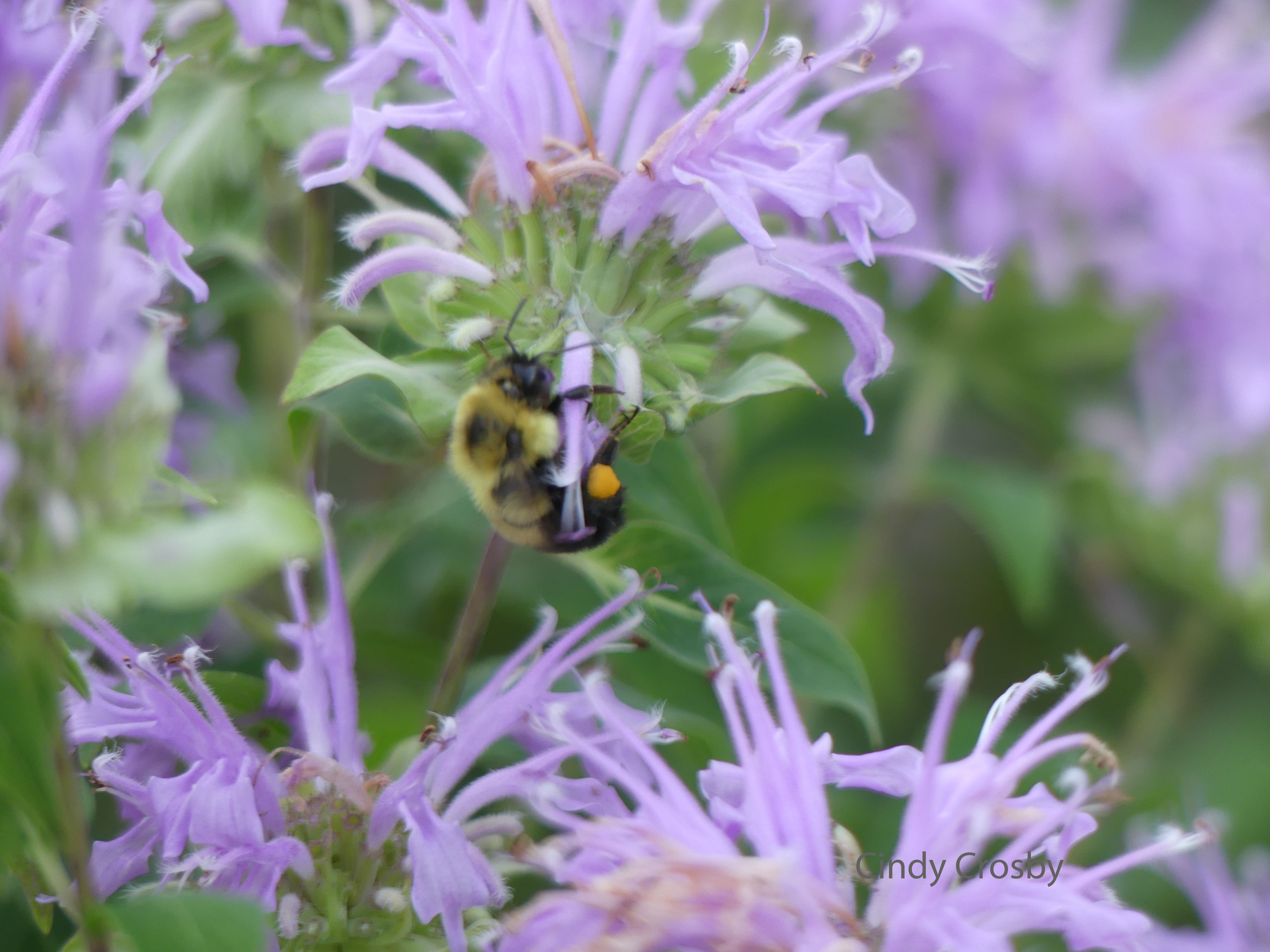
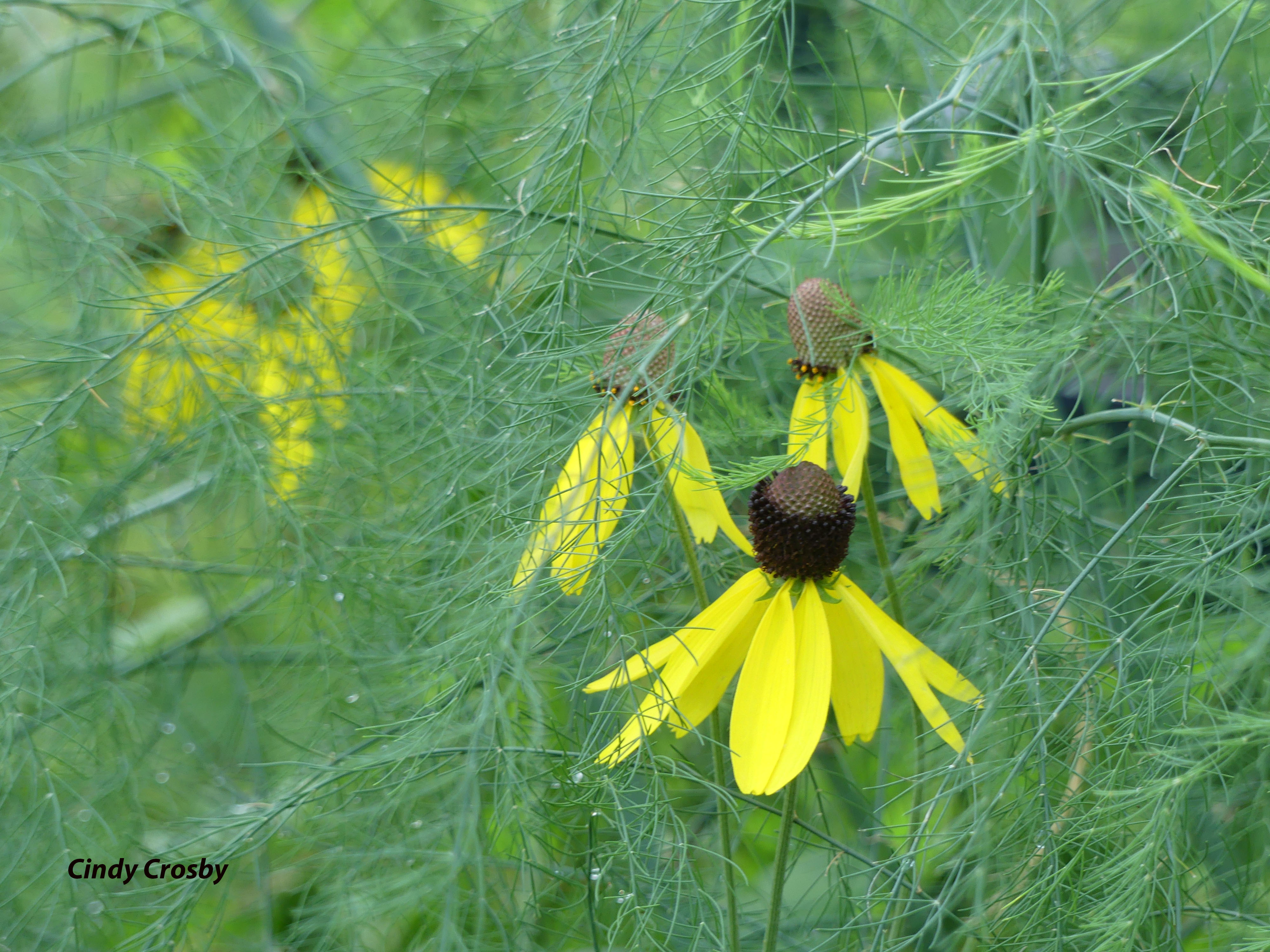
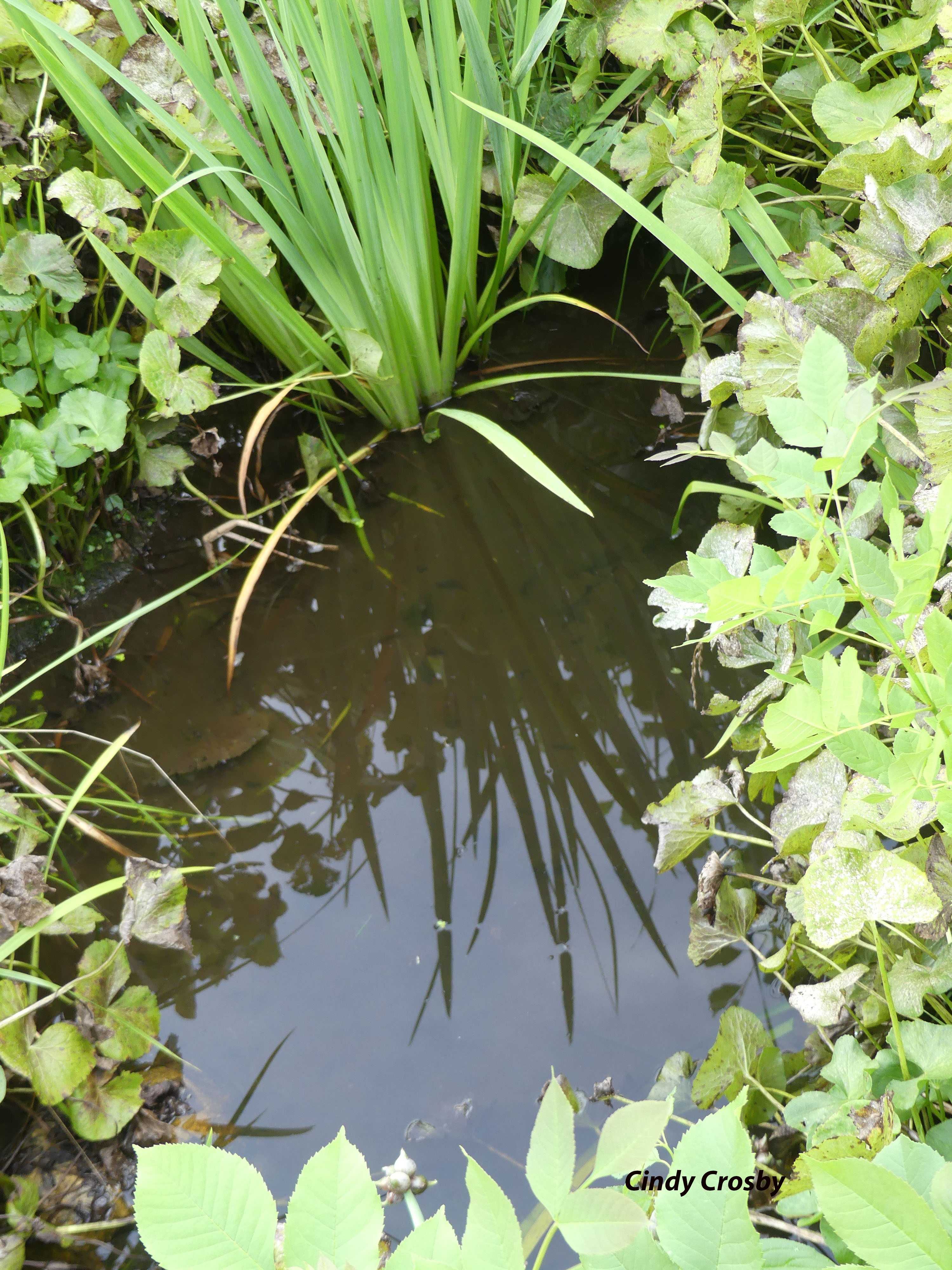
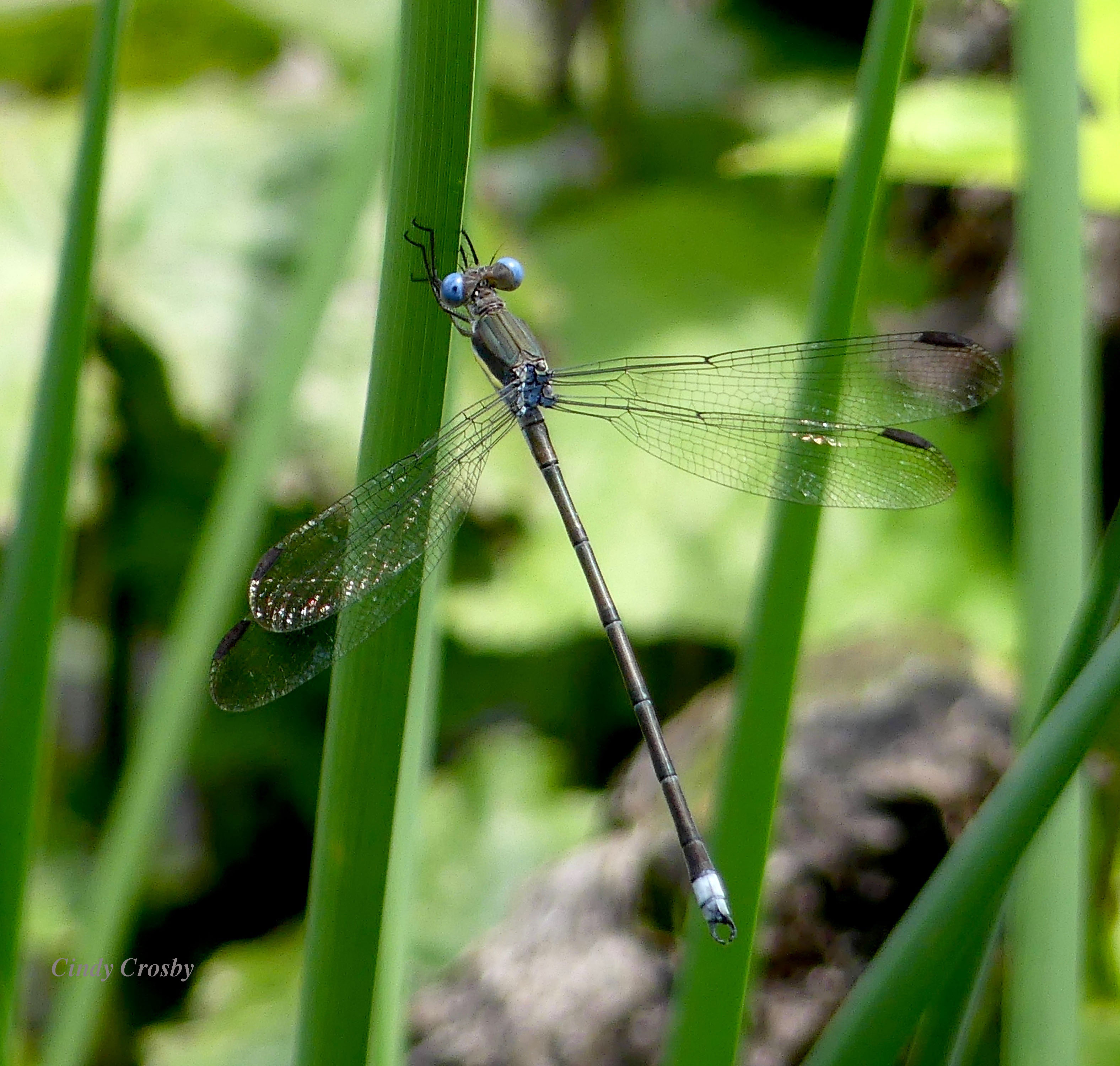
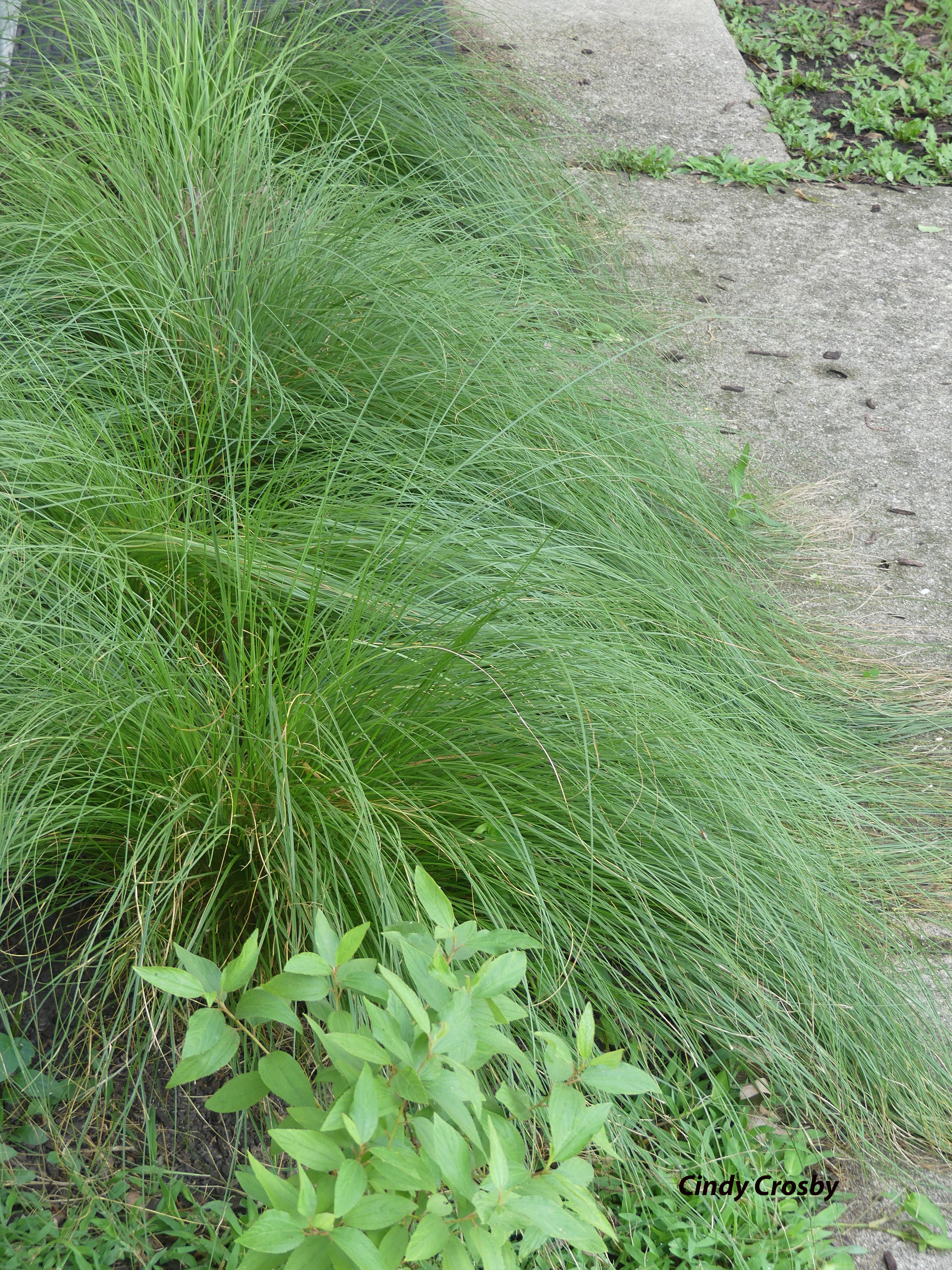
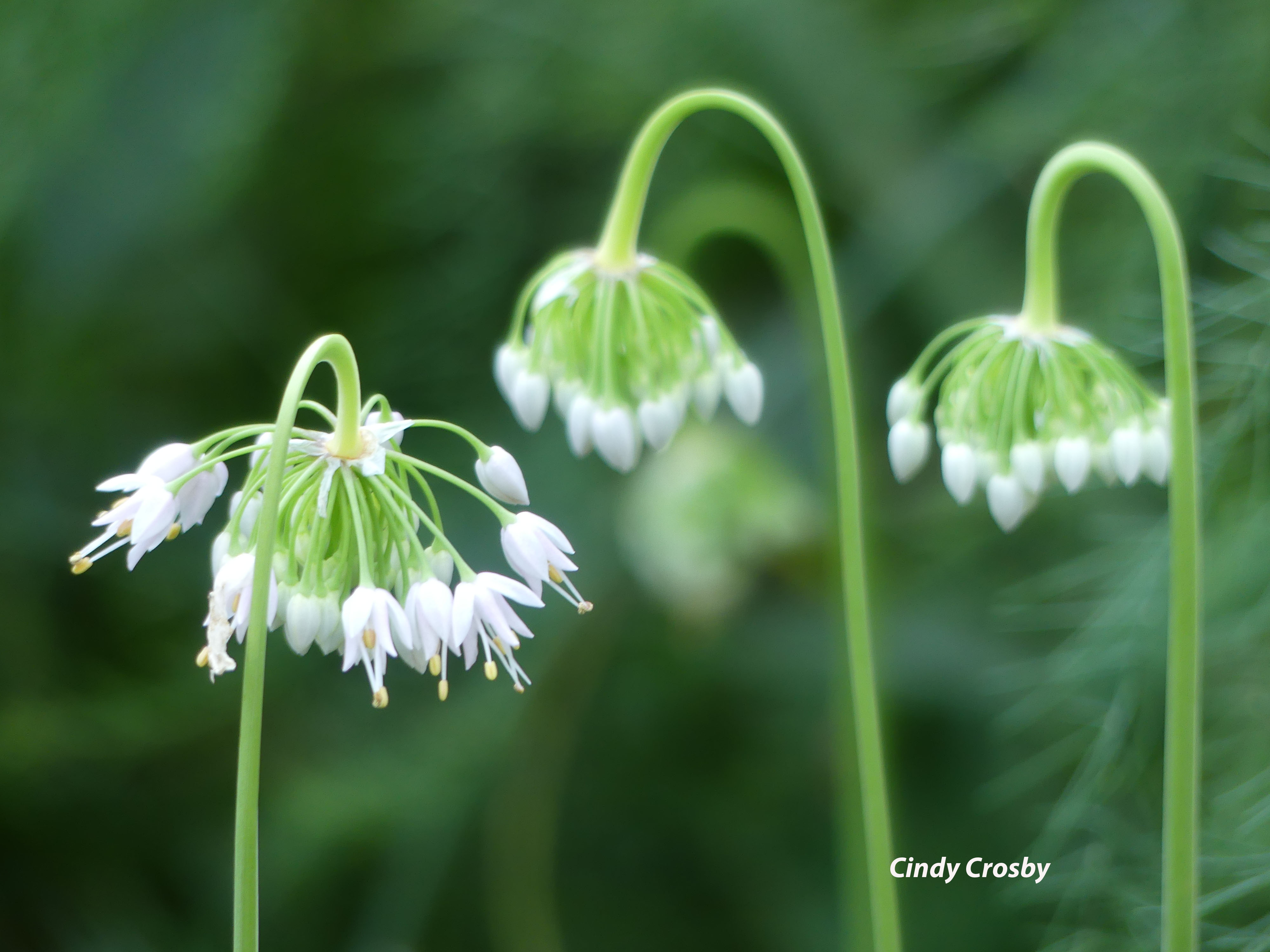
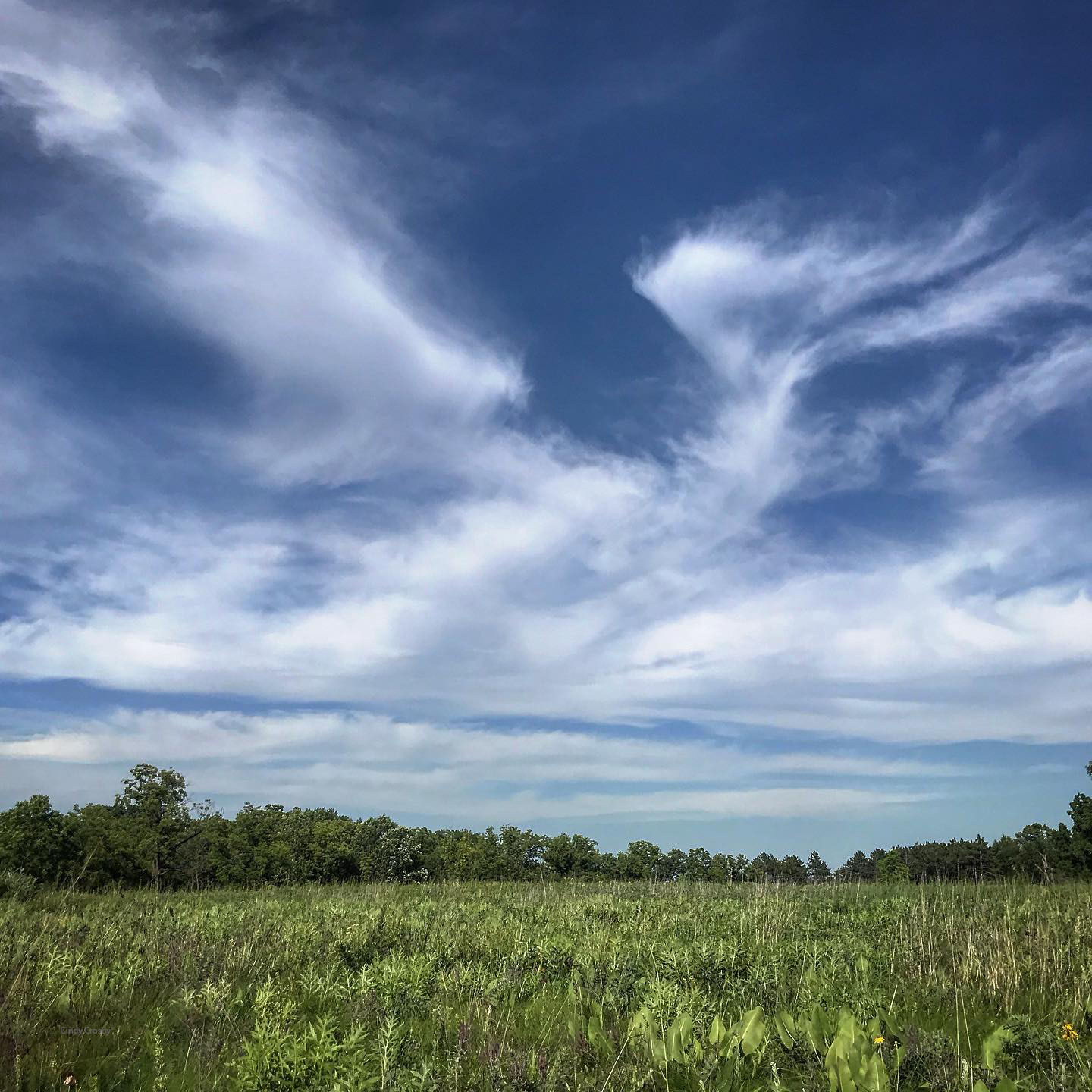





 Since August, I’ve become more aware of the skipper butterflies, and all the ID conundrums that follow the desire to know their names. My friend John Ayres taught me the “three witches” of the skipper family:
Since August, I’ve become more aware of the skipper butterflies, and all the ID conundrums that follow the desire to know their names. My friend John Ayres taught me the “three witches” of the skipper family: 








 Adding to the confusion is that the aster names were changed after I first learned them. Aster simplex, that memorable moniker, is now Symphyotrichum lanceolatum. Quite a change. The old name tripped easily off my tongue. The new one? Not so much. Some naturalist call the re-classifications “The Aster Disaster.” No kidding. And what about the light purple asters? Some of the white varieties can also be “blue” or what I see as lavender. Hmmm. There is plenty of variability, and even hints–whispered furtively–about hybridizing between species.
Adding to the confusion is that the aster names were changed after I first learned them. Aster simplex, that memorable moniker, is now Symphyotrichum lanceolatum. Quite a change. The old name tripped easily off my tongue. The new one? Not so much. Some naturalist call the re-classifications “The Aster Disaster.” No kidding. And what about the light purple asters? Some of the white varieties can also be “blue” or what I see as lavender. Hmmm. There is plenty of variability, and even hints–whispered furtively–about hybridizing between species.


